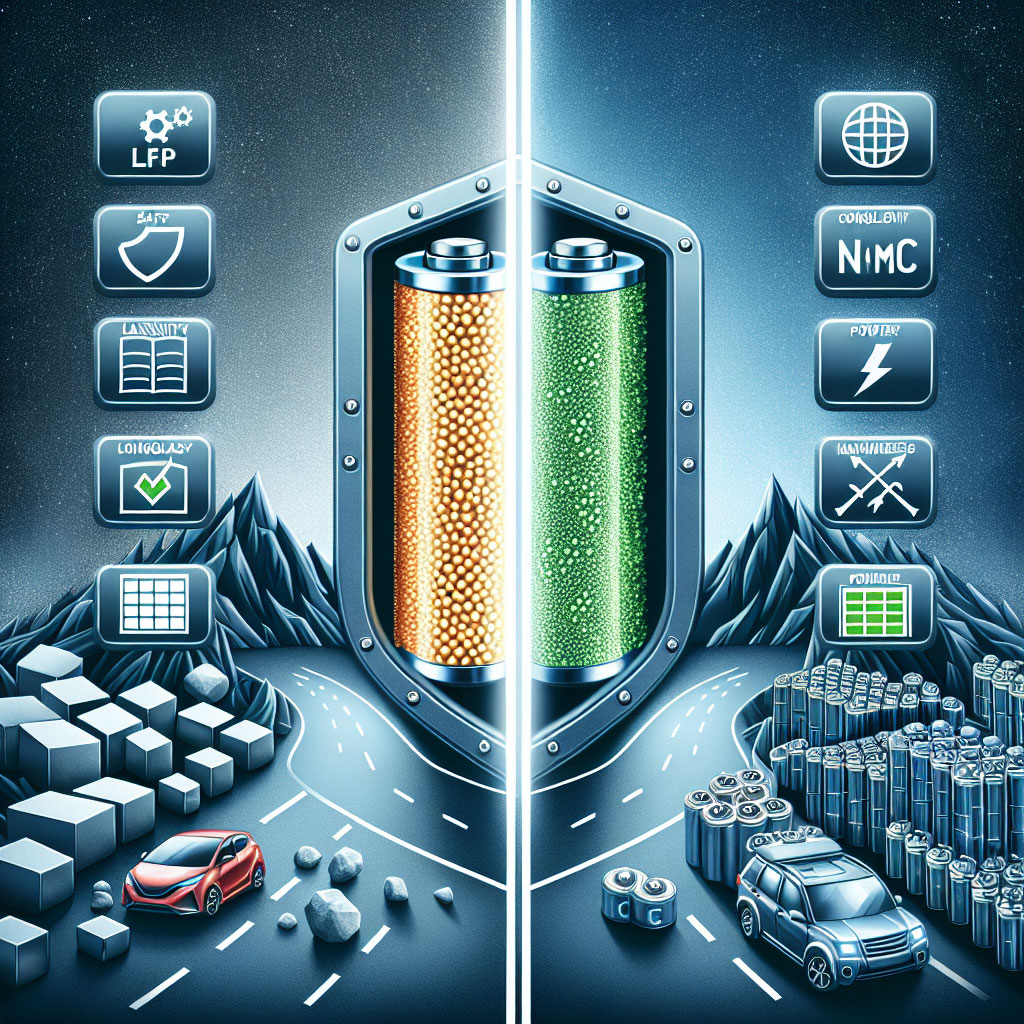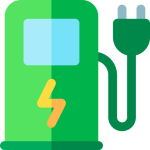
LFP vs. NMC Batteries: What’s the Difference?
In today’s rapidly evolving energy storage and electric vehicle industries, understanding battery technologies is crucial. Two popular battery chemistries currently dominating the market are LFP (Lithium iron Phosphate) and NMC (Nickel Manganese Cobalt). Both offer unique advantages and drawbacks, influencing everything from device performance to cost and safety.
Whether you’re an EV enthusiast, a renewable energy advocate, or simply curious about the best battery option, this comprehensive guide explores the key differences between LFP and NMC batteries – providing you with the knowledge to make smart energy decisions.
What are LFP and NMC Batteries?
LFP Batteries (Lithium Iron phosphate)
LFP batteries use lithium iron phosphate as the cathode material. This chemistry has gained popularity due to its notable safety profile and long cycle life. Typically favored in energy storage systems and some electric vehicle models, LFP batteries offer a stable and durable power source.
NMC Batteries (Nickel Manganese Cobalt)
NMC batteries combine nickel, manganese, and cobalt in their cathode. This blend aims to achieve higher energy density and better overall performance, making NMC the go-to choice for high-performance electric cars, smartphones, and laptops.
Key Differences Between LFP and NMC Batteries
| Aspect | LFP Batteries | NMC Batteries |
|---|---|---|
| Energy Density | Lower (~90-120 Wh/kg) | Higher (~150-220 Wh/kg) |
| Cycle Life | Longer (~2000+ cycles) | Shorter (~1000-1500 cycles) |
| Safety | Excellent – more thermally stable | Moderate – prone to overheating under stress |
| Cost | Generally lower | Higher due to cobalt content |
| Environmental Impact | More eco-kind, fewer toxic materials | Higher environmental footprint |
Benefits and Use Cases
Why Choose LFP Batteries?
- Safety first: LFP chemistry is highly resistant to overheating, reducing fire risks.
- Long lifespan: Ideal for applications where battery longevity matters, such as solar energy storage and e-bikes.
- Cost-effective: Fewer scarce materials mean easier production and lower prices.
- Environmental advantage: Does not rely on cobalt, easing mining-related environmental concerns.
Why Choose NMC Batteries?
- High energy density: Perfect when space and weight are limited - think electric cars and portable electronics.
- Power output: Great for devices needing quick bursts of power or fast charging.
- Proven performance: Supports a wide variety of electric vehicles and consumer electronics
Practical Tips to Choose Between LFP and NMC Batteries
When deciding which battery type suits your needs, consider the following factors:
- Request: For residential solar storage, LFP’s longevity and safety shine. For long-range EVs requiring compact, energy-dense cells, NMC often wins.
- Budget constraints: If affordability is key, LFP packs great value.
- Weight and size preferences: NMC’s compact size can be favorable for limited space.
- Charging habits: High-speed charging demands are better handled by NMC batteries.
- Environmental impact: Choose LFP if you prioritize sustainability.
Case Study: LFP and NMC Batteries in Electric Vehicles
Let’s explore how these battery chemistries perform in the world of electric vehicles:
LFP in EVs:
Recently, companies like Tesla have integrated LFP batteries into standard-range models, focusing on safety and cost savings. LFP-powered vehicles tend to have longer battery life and cost less, though they may offer slightly less driving range per charge.
NMC in EVs:
Premium electric vehicles continue to rely on NMC batteries due to their superior energy density, allowing longer driving distances and lighter battery packs. Though, these frequently enough come at higher prices and require careful thermal management.
Firsthand Experience: Real User Insights
Many users report that LFP-based devices provide peace of mind thanks to their thermal stability and durability. Meanwhile, those who prioritize performance and range tend to prefer NMC-powered products, despite slightly elevated costs. If you’re investing in an electric bike or solar setup with heavy daily use, LFP might be your best bet. For tech gadgets and EVs where size and weight are crucial, go for NMC.
conclusion: Making the Right Battery Choice
Both LFP and NMC batteries have meaningful roles to play in today’s energy solutions. LFP offers safety, affordability, and sustainability, making it ideal for energy storage and cost-conscious applications. NMC provides higher energy density and performance, perfect for mobility and portable device users. Understanding these differences will help you make informed decisions based on your priorities – whether it’s safety, budget, lifespan, or energy needs. As technology advances, both battery types will continue to improve, ensuring cleaner, more efficient, and safer energy storage for everyone.
About EV evolution
EV Evolution is the leading online platform dedicated to Australian electric vehicle owners and enthusiasts. We foster a vibrant community, delivering essential EV news and insights, and enhancing user engagement through our innovative, AI-powered chatbot for dynamic discussions. Our mission is to empower Australian electric vehicle owners and enthusiasts by fostering a vibrant, AI-driven online community that connects, informs, and advances the nation’s electric vehicle landscape.




